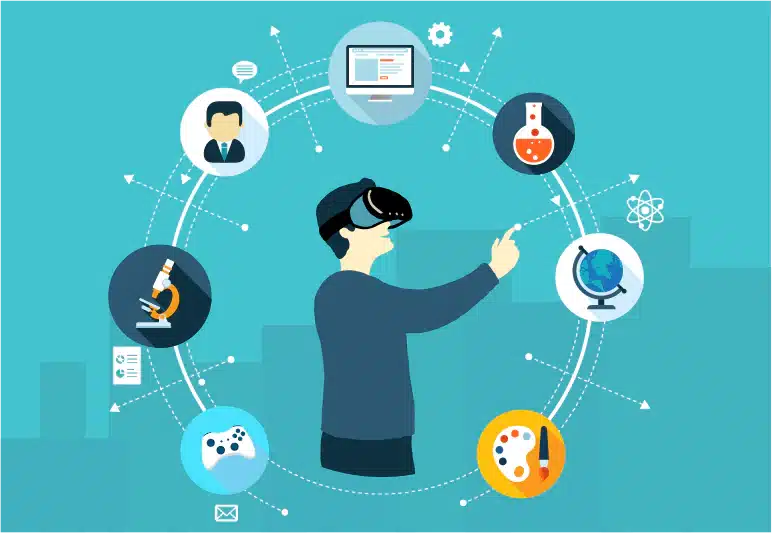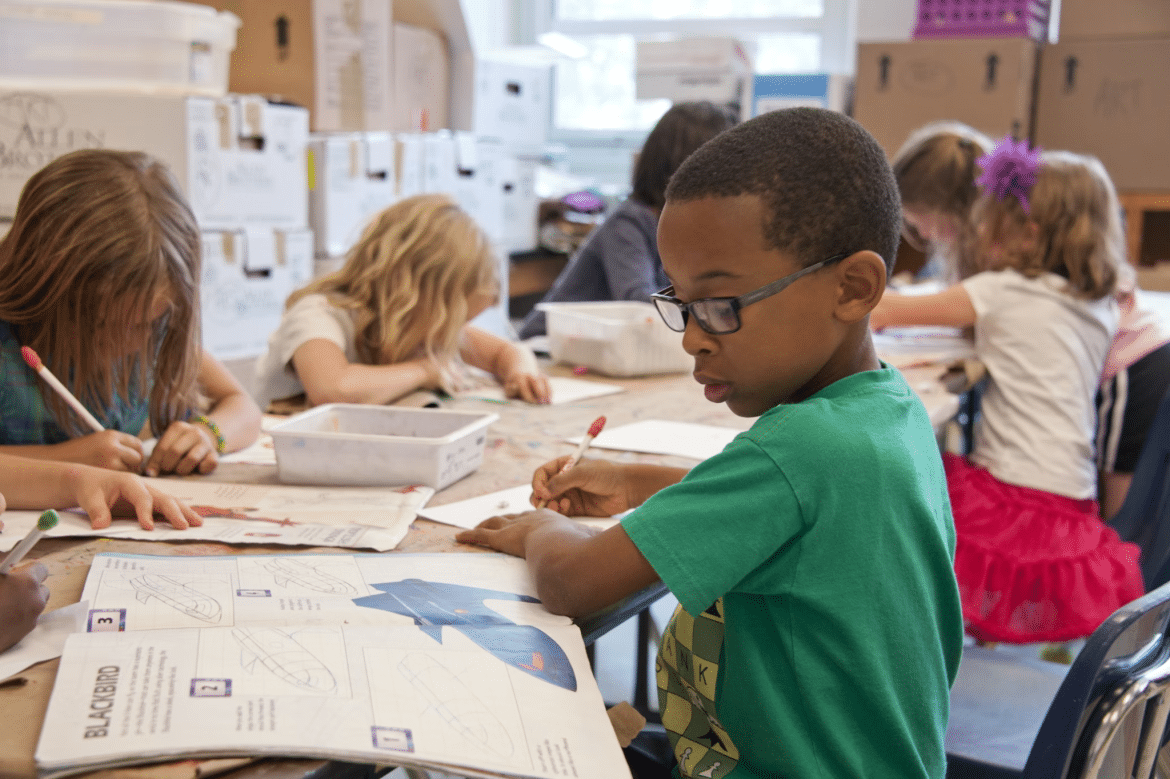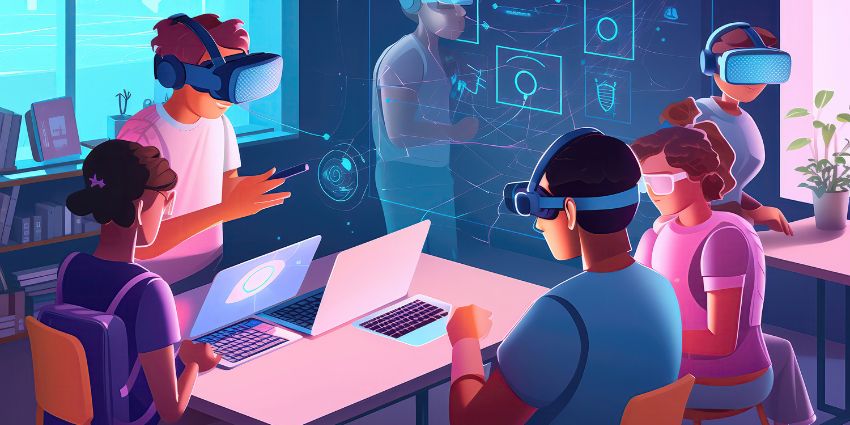Education has altered immeasurably over the last decade, chiefly because immersive learning experiences and VR have taken the classroom over. Long gone are chalkboards and jotters – now it’s much more common to find kids taking part in interactive projector games or virtual reality worlds that enrich their learning.
Far from being something that has come out of nowhere, it has a real background in behavioral and cognitive science. Creating an immersive learning experience for children provides a memorable tool that accelerates their learning and understanding of the world around them.
What does it mean to create an immersive learning experience and how can it be achieved in a classroom? Let’s take a look with a little explainer.
What Does Immersive Learning Mean?

It works by fusing a sense of presence with the use of VR, coupling that with elements of other learning theories, data science, and spatial design to improve effectiveness and student engagement.
Immersive learning has a truly solid background in neuroscience research. Scientists discovered that the brain treats experiences created by VR as it would treat the same experience in real life. In other words, performance at school, and the way students act when taking part in interactive games or VR games can be a close indicator of how they would respond in the same environment in real life.
Immersive Learning is a tool to highlight the best practices for behavioral learning for teachersIt also helps to engage students by increasing their knowledge retention, participation, and ultimately their confidence.
What Makes Immersive Learning Successful?
Put simply, it’s the element of presence. The feeling for the student that they’re actually there, as opposed to in a classroom!
Creating a truly immersive learning environment that helps to deliver an unparalleled education experience for children takes in elements from a wide range of fields.
The first of these is spatial design, which helps to create and enhance the feeling of immersion for students. When it’s utilized properly the learner will be able to totally engage with the world they’re in as if it truly was real life, and they’ll retain more knowledge from the experience. Its ultimate goal is to create presence – which then leads to better engagement, which leads to knowledge retention.
Next, we consider spatial presence. This is hugely important as it happens when the student is completely immersed in the interactive game or VR tour they’re taking part in, and it becomes real.
Following on from this is self-presence, which makes a student believe they have the capacity to make changes within this virtual world they’re in. In other words, looking around and interacting because they believe what they’re doing has an impact.
This naturally leads to social presence, which offers students the chance to interact with their peers and further learn from the experience. Talking to and understanding other children’s reactions to VR play or interactive games creates channels of communication that can help build confidence and increase learning.
Across schools and colleges, VR and interactive gaming are becoming more integrated into educational syllabuses. They are creating positive changes that offer enhanced opportunities for children to learn and develop their knowledge base, but also for them to positively interact with each other to increase their confidence and communication abilities. Creating an immersive learning experience in a classroom is a winning solution for many educators across all stages of school and college life.


